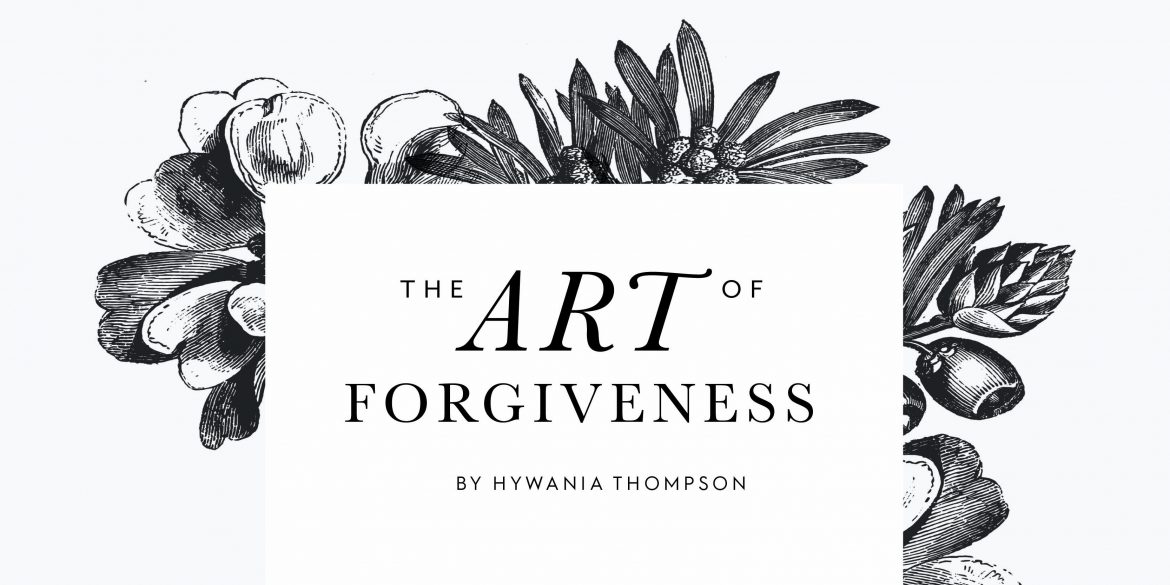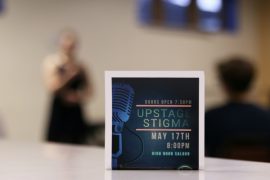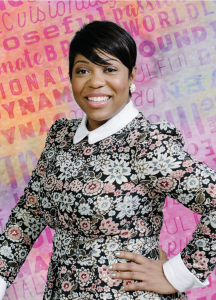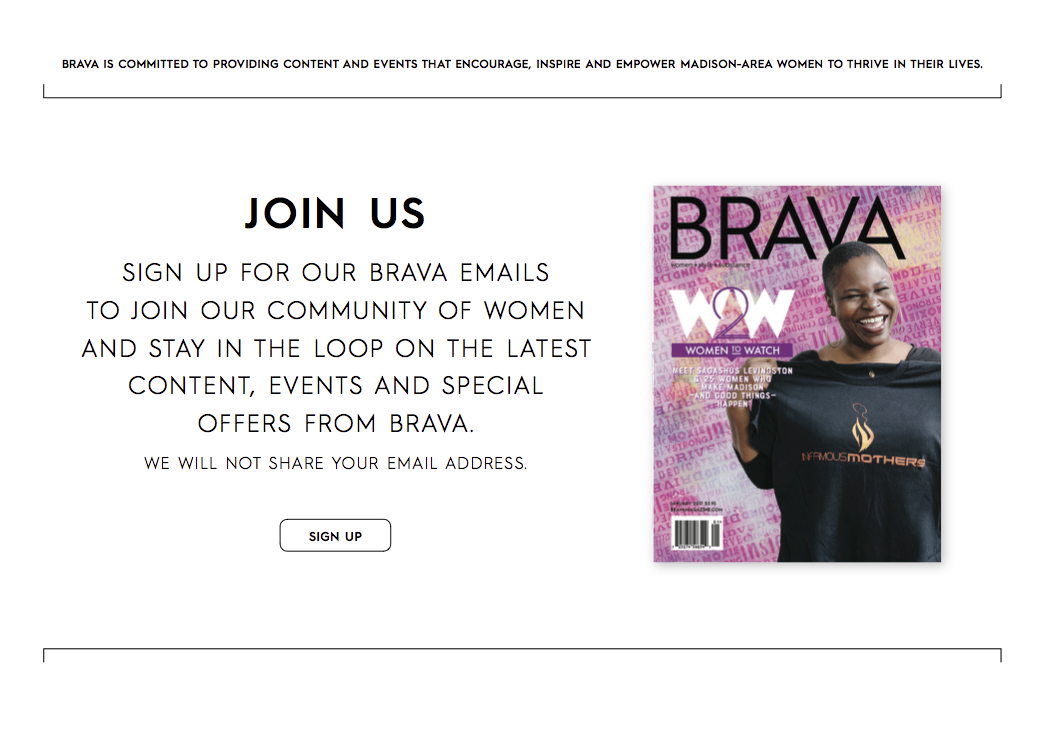By Hywania Thompson
We live in relationships with others—family, friends, coworkers, neighbors and the larger community. These relationships are wonderful and meaningful and complicated. There are times when a family member or friend does something that hurts us. It could cause emotional or, perhaps worse, physical pain. In these situations, it’s easy to want to hurt the person the way they hurt us. What’s difficult is working through the pain and finding the strength to forgive them.
UW-Madison Professor of Educational Psychology and co-founder of the International Forgiveness Institute Robert Enright says forgiveness is a moral virtue. “It’s being treated unfairly by others but you refrain from seeking revenge,” Enright says. “Forgiveness in its deepest form is in the form of love where you are concerned about the other person simply because this is another human being,” he says.
Enright calls forgiveness the most heroic virtue. “It’s easy to be kind to those who are kind to you, to be generous to those who are generous to you and loving to those who are loving to you. But to practice—in the face of injustice—respect, generosity and love to anybody when they’ve hurt us deeply is one of the most difficult tasks known to man.”
In his book, “Forgiveness is a Choice,” Enright states, “Unforgiveness, bitterness, resentment and anger are like the four walls of a prison cell. Forgiveness is the key that opens the door and lets you out of that cell.”
Gayle Reed, researcher, speaker and program developer at the International Forgiveness Institute, says forgiveness is withdrawing revenge and giving benevolence. “You don’t have to be near the person, if they are still hurtful, to give them the benevolence. You can hold that gift in your hand until the person is ready or available,” Reed says. “You want the person to be flourishing. You don’t want them to just have a nice job or a nice house or success, it’s not about success, it’s about human flourishing.”
FORGIVENESS IS MISUNDERSTOOD
Forgiveness is often misunderstood. Forgiveness is not excusing, justifying or forgetting the wrongdoing. “When you forgive, you offer goodness to the other person, never saying it’s ok. To forgive is not to forget,” Enright says.
“Forgiveness is not forgetting, it’s not acceptance, it’s not condoning, it’s not excusing, it’s not compensation and it’s not a grim obligation,” explains Reed. She says it’s not simply saying ‘I forgive you.’ Instead, we need wisdom to know the right time to tell someone we’ve forgiven them. Reed also says forgiveness is not traumatic bonding. She explains traumatic bonding as staying with someone who is hurting you and trying to make them better.
Another misconception is that to forgive is to reconcile. Enright says it’s not the same. Forgiveness is the practice of a moral virtue. “You may or may not come together with the other person. To reconcile is to come together with a mutual trust. If the other is not trustworthy, don’t reconcile. You can see the humanity in others, but you can stay away. You can forgive from a distance.”
HOW TO RECEIVE FORGIVENESS
Steps in the Process
- Break through denial and accept responsibility. Be aware of the pain experienced by the other person and realize your treatment of them must change.
- Commit to the process of changing wrong behaviors and ask for forgiveness.
- Have empathy and compassion for the person you hurt and offer to rebuild trust.
- Find release from guilt, anxiety and depression. See this as an opportunity to grow and help others.
PROCESS OF FORGIVENESS
How do I forgive?
In his book, Enright discusses the four phases of forgiveness — uncovering anger, choosing forgiveness, working on forgiveness and discovery and release.
This is a process we shouldn’t take on by ourselves. It’s important to have someone to support us, someone we can talk with as we work through each phase of forgiveness. Enright says we can get trapped into negative thinking and tell ourselves the same lies over and over again. We need another person to help us get through that cycle. Enright advises that this person not be the one we’re forgiving.
- PHASE ONE: UNCOVERING ANGER
Name the wrong and see what it’s done. Enright explains we must acknowledge the unfair treatment, as well as the layers of pain, anger and fatigue these situations bring. - PHASE TWO: CHOOSING FORGIVENESS
After acknowledging the wrongdoing and the pain it causes, we move forward to choosing forgiveness. This is when we commit to the process. We want a change of heart and we want to work on it.
If we want justice for the hurt done to us, Reed says we need to forgive first, and then work for justice. “Forgiveness helps you do justice restoratively but also addresses the pain of the betrayal,” she says. - PHASE THREE: WORKING ON IT
In the work phase, we deal with the pain. Reed explains that it’s almost like grieving. “You have to grieve the pain through and process it like you would any grieving with the added intention of not passing it on to the wrongdoer or onto other people.”
This is also the phase in which we give a “moral gift” to the one who hurt us. This gift isn’t necessarily physical. Enright and Reed explain these “moral gifts” have come in the form of an incest survivor sitting at the bedside of their dying father or a survivor laying flowers on the grave of the person who hurt them. Enright says this breaks the power the other person has over us. - PHASE FOUR: DISCOVERY & RELEASE
With this phase of the process, we can find release from anger and pain and find meaning in suffering. We can’t change what has happened to us, but we can allow it to make us better people. “Forgiveness is not so powerful to be able to go back in time and change the injustice. The beauty of forgiveness is cleaning up the effects of injustice,” Enright says.
A FORGIVENESS PRACTICE: GROWING THE VIRTUE
Many books and articles have been written on the differences between men and women—how we interact with each other and the world around us, how our brains work and much more. Do these differences come into play when talking about forgiveness? Yes, in a sense, according to Enright.
He says women seem to be torchbearers for forgiveness. Some people may cringe at the thought and say this is a view of oppression. Enright doesn’t see it that way. “It comes from a position of strength, love and caring and that’s very important for the world,” he says.
BENEFITS
Forgiving those who have hurt us can be a long and difficult process. But being a forgiving person has its benefits. In their evidence-based, forgiveness therapy treatment, both Reed and Enright say they’ve seen good things happen when people practice forgiveness.
They’ve seen improvements in anger—especially in children—an increase in good decision making, better relationships, purposefulness, and healing of divisions between enemies, families and communities.
They’ve seen decreases in cognitive rehearsal (going over and over stories in the mind), PostTraumatic Stress Disorder (PTSD) symptoms, anxiety, depression, hopelessness and low self- esteem. Enright says adding forgiveness therapy has even been shown to help relieve symptoms of fibromyalgia.
Reed says forgiveness is part of an identity development. She explains that as human beings we don’t just need to figure out education and family relationships—we need to figure out how to deal with things that don’t go well in our lives. “It’s a big challenge. You’re growing as a human being when you’re forgiving. You’re growing as a virtue- following human being and you’re a more productive member of your community.”
FORGIVENESS AND OUR CHILDREN
Learning about and practicing forgiveness isn’t only for adults, as mothers we can help our children embrace it, as well. Enright, Reed and their colleagues at the International Forgiveness Institute provide forgiveness curriculum to pre-kindergarten to 12thgrade students in Wisconsin, 18 other states and across the world. Enright says forgiveness education gives children a tool for confronting injustices in life, now and as they move through their own adulthood.
LIVE A LIFE OF FORGIVENESS
Choosing to truly forgive can not only impact our own lives but the lives of those around us. It provides a way for us to have peaceful relationships. Reed says all of the research she and Enright have done is possible because brave people chose to forgive. “If you process forgiveness over a lifetime, you choose to change your identity to be a forgiving person.”





